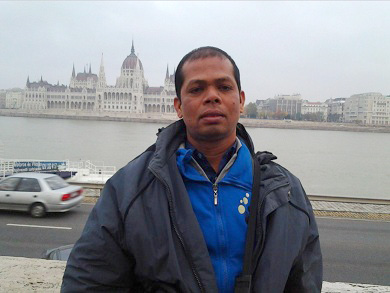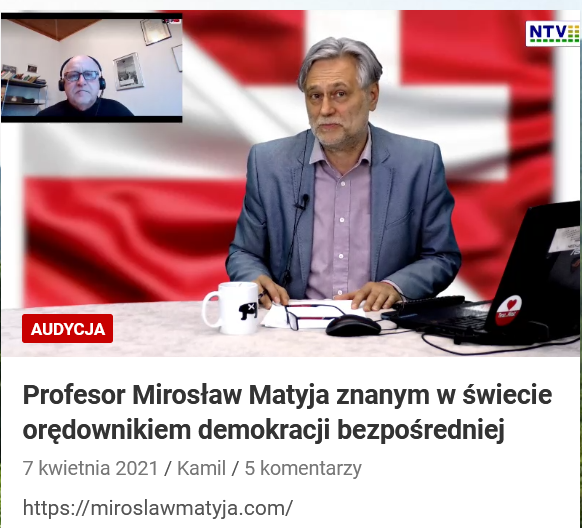'Urf as a Method of Istinbath Islamic Law (Thoughts of Hasbi Ash-Shiddieqy with his Indonesian Fiqh)
Abstract
The article examines the relation Tengku Muhammad Hasbi Ash-Shiddieqyis one of the most influential scholars in Islamic law reform in Indonesia, he brings local traditions ('urf/'adat) as the construction of Islamic Indonesian characteristic law. To construct Indonesian personality fiqh, Hasbi set off with 'urf/ traditions living in Indonesian society, he argued that every ‘urf/ customary law can be used as the postulateprovided that not conflict with the Shariah. It is not only 'urf/'customs of the Arabs, but also those who follow principles of egalitarian Islam, so that besides 'urf/'Arab customs can be used as the foundation of lawistinbat.
Keywords
Full Text:
PDFReferences
Abd Wahhab Khallaf, Ilmu Ushul Fiqh, (Madinah Nasr: Dar al-Fikr al-‘Arabi.
Abdullah Ahmed an-Nai’m. (1994).Dekontruksi Syari’ah, Alih Bahasa Ahmed Suaedy dan Amiruddin Arrani, Cet. I , (Yokyakarta: LKIS.
Abi al-Fadl Jalal al-Din Abd al-Rahman al-Suyuthi. (1996). Al-Asbah wa al-Nazhair fi Qawai’d wa Furu’ Fiqh al-Syafi’iyah, Beirut: Dar al-Fikr, Cet, ke-2.
Ahmad Fahmi Abu Sunnah, al-‘Urf wa al-‘Adah fi Ra’yi al-Fuqaha, (Mesir: Dar al-Fikr, al-‘Arabi, t,t.
Ahmad Rustandi, Ibrahim Bachtiar. (1983).Pengantar Teori Hukum, Bandung: Multi Karya Ilmu.
Al-Qarafi, Sihab al-Din, al-Furuq, (t.t.p.: Dar al-Ihya’ al-Kutub al-‘Arabiyah, 1344 H.
Al-Qurthubi, Abi ‘Abdillah, al Jami’ al-Ahkam al-Qur’an. (1960) (Mesir: Dar al-Kutub,.alJurjani , al-Syarif ‘Ali Ibn Muhammad, Kitabal-Ta‘rifat. (Jeddah: al-Haramain, t.t.
AmirSyarifuddin, UsulFiqh. (2008.).Jakarta: KencanaPrenadaMediaGroup.
Cik Hasan Bisri. (2003).Model Penelitian Fiqh, Jilid I, (Jakarta: Prenada Media.
Fathurrahman Djamil. (1997). Filsafat Hukum Islam, Jakarta: Logos Wacana Ilmu.
Hasbi Ash Shiddieqi. (1975). Fiqh Islam Mempunyai Daya Elastis, Lengkap, Bulat, dan Tuntas, Jakarta: Bulan Bintang.
Hasbullah, et al. (2019). Messages Communication in the Al-Qur’an (Study of Messages in the Al-Qur'an for Believers). Budapest International Research and Critics Institute-Journal (BIRCI-Journal). P. 125-131
Ibn Qayyim Al-Jauziah, I’lamal-Mutawaqqi’in ‘an Rabb al-‘Alamin, (Mesir: Dar al-Jalil,t.t.
Jamalal-DinMuhammadbinMakramIbnManzur. (1990). Lisanal-‘Arab. (Beirut:Dar al-Fikr).
MN. Harisuddin. “Tradisi Lokal sebagai ‘Urf Progressif”, lslamica Jurnal Studi Ke Islaman, vol, 2, no. 1 (September, 2007)
Mukhsin Nyak Umar. (2006). Rekontruksi Pemikiran Hukum Islam Di Indonesia Pendekatan Al-Maslahah Al-Mursalah, Banda Aceh: Yayasan Pena Banda Aceh.
Mukhtar Yahya. (1979). Dasar-dasar Pembinaan Hukum Fiqh al-Islami, Jilid I, Jakarta: Pustaka Alhusna.
Nasrun Harun, Ushul Fiqh. (1996). (Jakarta: Logos)
Nourouzzaman Shiddiq. (1987). Fiqh Indonesia Penggagas dan Gagasannya, Yogyakarta: Pustaka Pelajar.
Nuraini, et al. (2022). Derivation of Human Expressions in the Quran and Its Effect on the Existence of His Creator. Budapest International Research and Critics Institute-Journal (BIRCI-Journal). P. 1045-1055
Poerwadarminta. (2009). Kamus Umum Bahasa Indonesia, Jakarta: Balai Pustaka, 1976, hal. 974, lihat juga Sudarsono, Kamus Hukum, Jakarta: Rineka Cipta.
Syafruddin Syam. (2010).“Pendekatan Sosiologis Terhadap Hukum Islam”, Jurnal At-Tafkir, Vol. III, Edisi 2, Juli-Desember.
Yusuf Qardhawi. (1993).Awamilus Sa’ati wal murunati fi Syari’ah al-Islamiayah, terjemahan Alim Bazemool. Jakarta: Pustaka Mantiq.
DOI: https://doi.org/10.33258/birci.v5i1.4205
Article Metrics
Abstract view : 41 timesPDF - 59 times
Refbacks
- There are currently no refbacks.

This work is licensed under a Creative Commons Attribution-ShareAlike 4.0 International License.

This work is licensed under a Creative Commons Attribution-ShareAlike 4.0 International License.

_.gif)

















_.gif)



